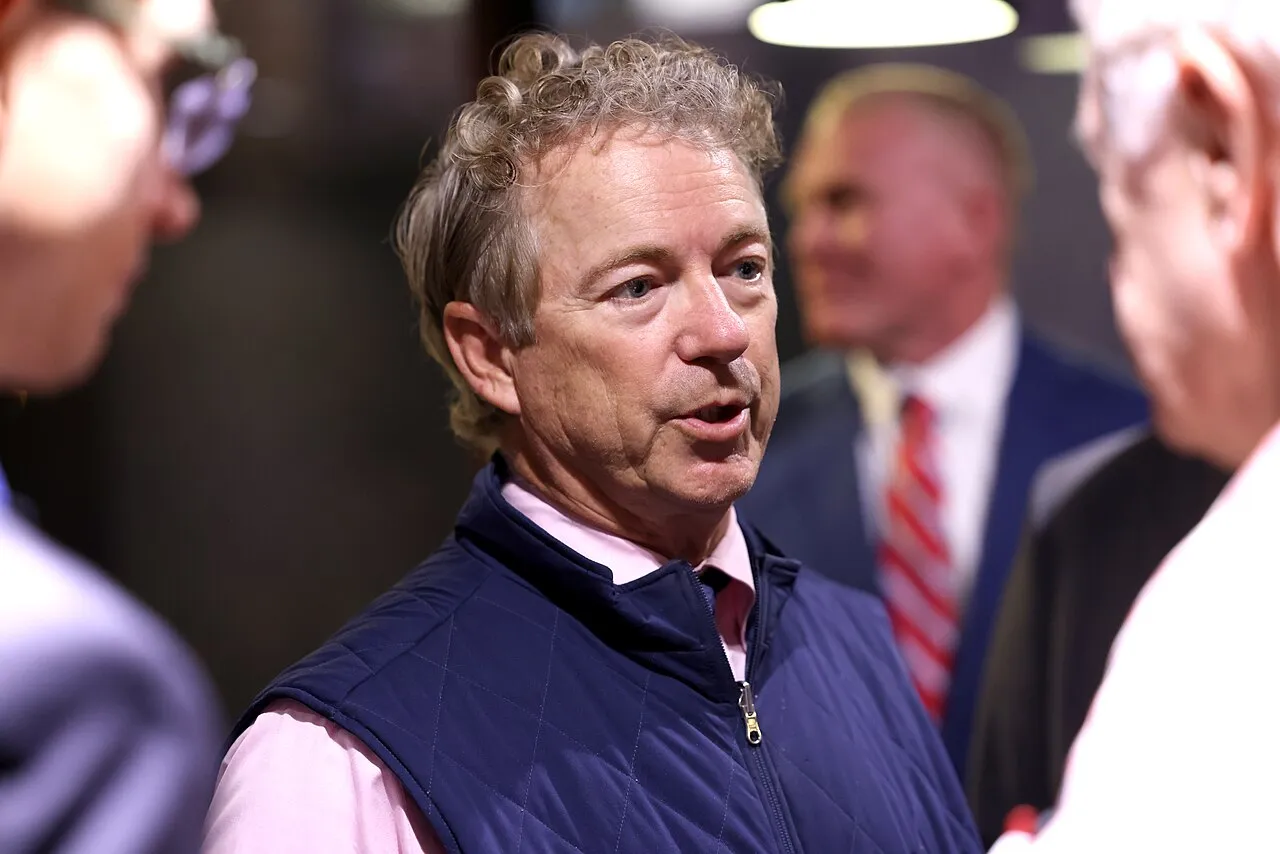Some Trump true believers in Congress called January 6th a “1776 moment” in Washington. A “Munich Moment” is more like it.
On Nov. 8-9, 1923, Adolf Hitler and hundreds of his armed Nazi stormtroopers tried to overthrow the democratically-elected Bavarian government in Munich.
The Nazis failed. (Hitler sprang the coup in a beer cellar. Hence, it’s the “Beer Hall Putsch” in most history books. “Putsch” is German for “coup.”)
History doesn’t really repeat itself. But historians and journalists who know history are already comparing the Beer Hall Putsch to the Jan. 6 Trump Putsch, in which the president incited hundreds of his followers — many of them armed, helmeted, and in military gear — to storm the Capitol in a desperate attempt to keep himself in power.
The Hitler and Trump coups were both long shots. In the case of Hitler, after his putsch had failed, he went to prison for nine months for treason. In Trump’s case, he’s now the first president to be impeached twice – the second time for “incitement of insurrection.”
Murray State historian David Pizzo thinks Hitler and Trump probably believed they would succeed.
“They both thought they were lighting the match for a right-wing version of [the novel and musical] Les Mis[erables],” said Pizzo, a German history specialist. “There would be this popular uprising in which the people would join them.”
Hitler expected the Beer Hall Putsch would be the first step toward a Nazi takeover of Germany’s fledgling post-World War I democracy, the Weimar Republic. His timing was off by a decade. In 1933, he became Germany’s dictator. World War II and the Holocaust followed.
Hitler and the Nazis probably would have been no more than a tiny fringe party and a footnote in history had it not been for the worldwide Great Depression, his springboard to power. More on that in a minute.
Pizzo said Trumpism won’t go away after Wednesday, when Joe Biden is inaugurated president. He added that Trump and Trumpism are “far more malignant” and a greater threat to American democracy today than Hitler and Nazism were in 1923.
“Trump has had four years of the bully pulpit,” Pizzo said. “He’s had the backing of this whole right wing media ecosystem. Trump is a head of state trying to hold onto power. Hitler was a nobody in 1923.”
Hitler capitalized on the depression to exploit historic German anti-Semitism and extreme nationalism. He viciously singled out and scapegoated Jewish citizens, blaming them for Germany’s economic collapse and for nearly all of Germany’s misfortunes, including the loss of World War I and the humiliating Treaty of Versailles which the victorious Allies forced the Germans to sign.
A crude demagogue and phony populist like Hitler, Trump got elected largely by exploiting decades of smoldering white resentment of “the other.” He pandered non-stop to racism, sexism, nativism, xenophobia, homophobia, and religious bigotry.
Pizzo said that in 1923, “Hitler had reason to think [the putsch] was going to work.” Catholic Bavaria was historically one of the most conservative parts of Germany. He knew several leading Bavarian politicians and influential publishers were ultra-nationalists and anti-Semites who sympathized with him.
While Trump lost the presidency to Biden by about 7 million votes, he won more than 74 million votes. Even after the MAGA-hatted mob — some of the rioters waved Confederate flags and sported anti-Semitic apparel — attacked the Capitol on Jan. 6, 147 Republican lawmakers still voted to thwart the electoral vote count that made Biden president.
The conservative media is still in Trump’s corner. White conservative evangelical Christians, a big part of Trump’s base, are still with him. Far-right, white nationalist, and white supremacist groups are growing, and elements of the far-right apparently are planning a sequel to the Capitol attack. (Click here, here, and here.)
The GOP remains largely a Trump cult. “Eight in 10 [82 percent] Republicans disagree that Trump is to blame for the violence, don’t believe social media companies should continue restrictions on him, and don’t trust that results of the 2020 election were accurate,” NPR reported, citing the latest NPR/PBS NewsHour/Marist poll. “That’s despite no evidence of widespread fraud and Trump’s own administration saying the election was the ‘most secure in American history.'”
Pizzo sees other parallels between the Hitler and Trump coups.
- Hitler claimed he was pro-police and pro-law-and-order. So does Trump. But their followers attacked the police. On Nov. 9, 1923, Hitler’s stormtroopers shot it out with Bavarian State Police, killing four of them.The police killed 16 Nazis, 14 with Hitler and two elsewhere in Munich. In the Capitol attack, four insurgents and a Capitol Police officer died.
- After egging on the stormtroopers, Hitler stuck with them until they ran into the police cordon near city hall. The Nazis planned to abduct the city council. Trump’s domestic terrorists evidently had kidnapping — and worse — in mind. Federal prosecutors have said there is “strong evidence” that some of them intended to “capture and assassinate [federal] elected officials,” according to the Atlanta Journal-Constitution. But the chief investigator cautioned that the probe had just begun and that so far no “direct evidence” had been turned up.
- Hitler was a World War I veteran like many, if not most, of his stormtroopers. The Associated Press reported that “at least 21 current or former members of the U.S. military or law enforcement have been identified as being at or near the Capitol riot, with more than a dozen others under investigation but not yet named. In many cases, those who stormed the Capitol appeared to employ tactics, body armor, and technology such as two-way radio headsets, that were similar to those of the very police they were confronting.”
- In addition, Congress wants “the Pentagon to police its troops for white extremism, demanding an investigation to determine the extent that white supremacist ideology has infected the ranks in light of the Jan. 6 insurrection at the Capitol,” according to USA Today. Also click here and here.
- When the shooting started in Munich, Hitler fled. Army Gen. Erich Ludendorff, a co-conspirator tried and acquitted for his part in the Beer Hall Putsch, called Hitler a coward, but the two later reconciled. Trump, who assiduously avoided the draft and Vietnam in his youth, directed his followers toward the Capitol, urging the faithful to “fight like hell.” But after promising, “I’ll be there with you,” he headed for the White House. When the mob charged up the Capitol steps, overpowering police, Trump was back in the executive mansion watching it on TV and refusing to condemn the violence.
- The sixteen dead stormtroopers became Nazi martyrs. One of them with Hitler fell dead on the Nazi swastika flag, staining it with his blood. Dubbed “the Blood Flag,” it became one of the most sacred Nazi relics.
- Already, some white supremacists and white nationalists have made slain rioter Ashli Babbitt a martyr. A Capitol Police officer shot her as she climbed through a smashed window that led to the Speaker’s Lobby. She died with “a Trump flag knotted around her neck,”according to theNew York Times. Presumably the banner was soaked with her blood, possibly providing stateside neo-Nazis with their own “Blood Flag.”
- Only a handful of Hitler’s henchmen were also convicted in connection with the Putsch. Most served short sentences, too. The majority of his stormtroopers escaped and remained loyal Nazis. While FBI and other law officers are still trying to track down and arrest rioters, most of them are still at large after simply walking away from the Capitol.
- Federal officers caught Larry Rendall Brock Jr., the ex-Air Force officer who was photographed with a bundle of zip-tie handcuffs inside the Capitol. But an apparently sympathetic Texas federal judge released him from custody “despite the fact the FBI said he was radicalized and spoke of committing violence, as concerns loom about another insurrection attempt during President-elect Joe Biden’s inauguration,” Forbes reported.
On Sunday night, the Associated Press reported that “U.S. defense officials say they are worried about an insider attack or other threat from service members involved in securing President-elect Joe Biden’s inauguration, prompting the FBI to vet all of the 25,000 National Guard troops coming into Washington for the event.”
Meanwhile, writing in the Washington Post, historian Michael Brenner explained that the Beer Hall Putsch “proved successful in the long run because of a justice system that was blind in its right eye; and conservative political leaders who fueled the myths that Hitler had tapped into, planted the seeds of political polarization, and discredited the legitimacy of elected officials. These leaders were also convinced that they could use Hitler and his mass movement as a vehicle to stay in power, even though they despised him and looked down on him as an upstart.” (Sound familiar, Sen. McConnell?)
Brenner wrote that after Hitler became chancellor (and ultimately dictator) in 1933, his vice chancellor “famously claimed that he and his moderate cabinet members would keep Hitler and his Nazi troops in check.” Hitler’s deputy “lost his game and so did all the other enablers who made Hitler’s rise possible. But they didn’t decisively move to squelch his movement during the 1920s when they had the opportunity.”
Added Brenner: “This history highlights how the real risk to American democracy came hours after order had been restored in the U.S. Capitol when [eight] U.S. senators and [139] members of the House of Representatives voted to sustain an objection to Pennsylvania’s electoral votes, giving credence to the lies that nourished the mob’s anger. Further to date, Vice President Pence and members of the cabinet have stood by without invoking the 25th Amendment to remove Trump from power. By doing so, they enable the president — who initially doubled down on lies about the election in subsequent videos and tweets — to cause additional harm to the nation, including his ability to pardon more of his supporters and spread more lies. Even many of those Republican elected officials who during the last days of this presidency have distanced themselves or expressed disgust with the president’s deeds, only a few weeks ago fought to keep him in office for another four years.”
Brenner conceded that heretofore German history has been too often applied to the American experience. “But rarely has it been so close to our reality as it is today. Germany was at a political crossroads in the 1920s. It could have remained a vibrant democracy, but for many reasons it became a dictatorship. The United States, with its long democratic tradition, stands on much firmer ground, but since Jan. 6, we can no longer ignore the abyss that has opened up before us. As in Germany, here too, responsibility for the situation lies with those who either passively stood by or those who actively enabled the rise of a political monster.”
He warned, “The lessons of history are clear: Those who precipitated and carried out the attempted insurrection — including President Trump — must face swift and severe consequences for their actions. Further, those willing to ally with Trump, thinking they could contain him, need to see the errors of their ways. Enabling the spread of lies and conspiracy theories, as well as the rise of unfit individuals, poses an existential risk to a democracy. … Americans avoided the worst potential consequences. As the German example warns us, however, knocking down an insurrection does not yet mean winning the fight for democracy. This fight will go on until our politicians learn the crucial lessons from the past.”
–30–







